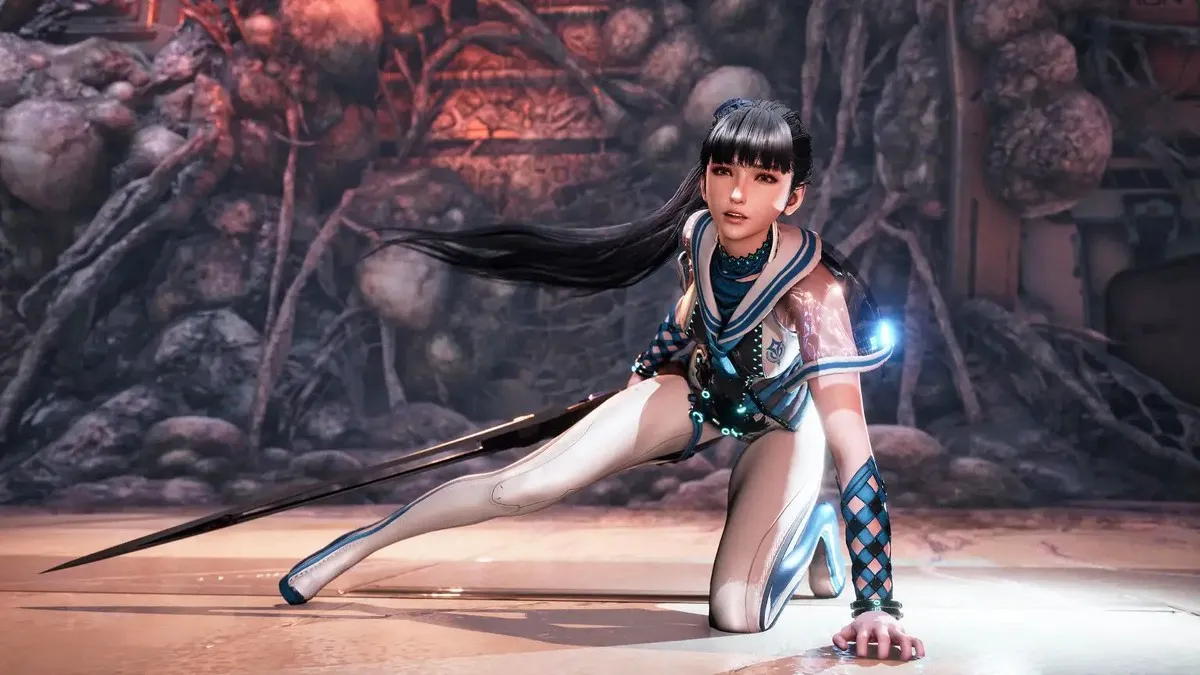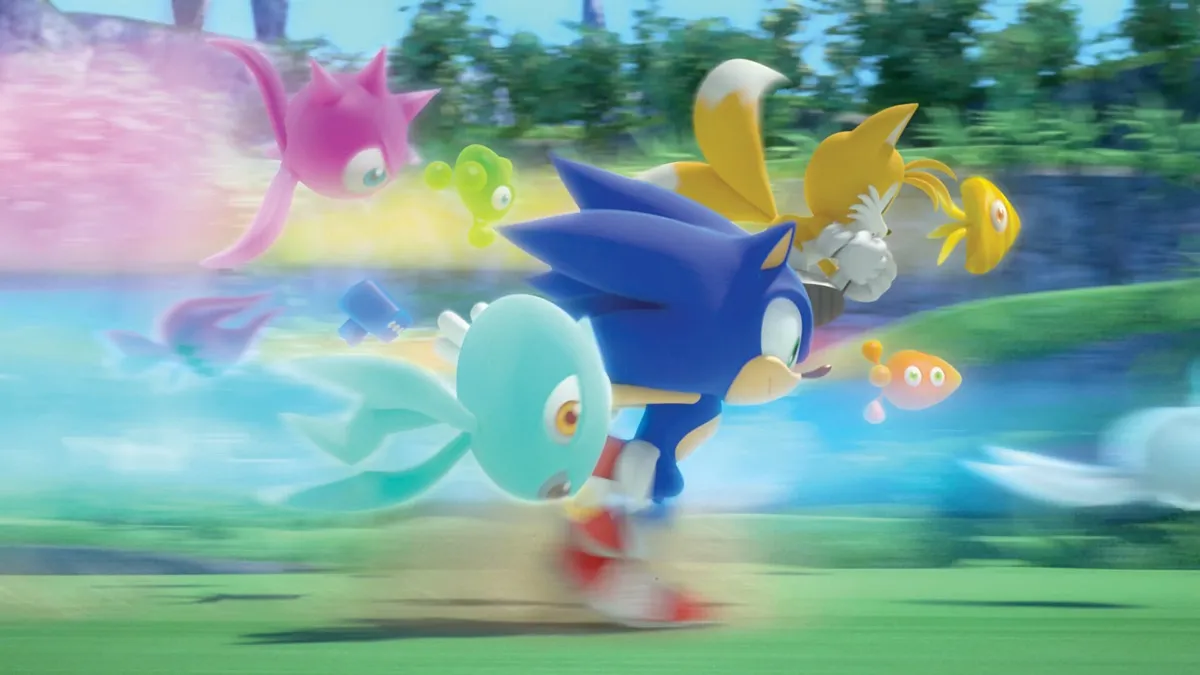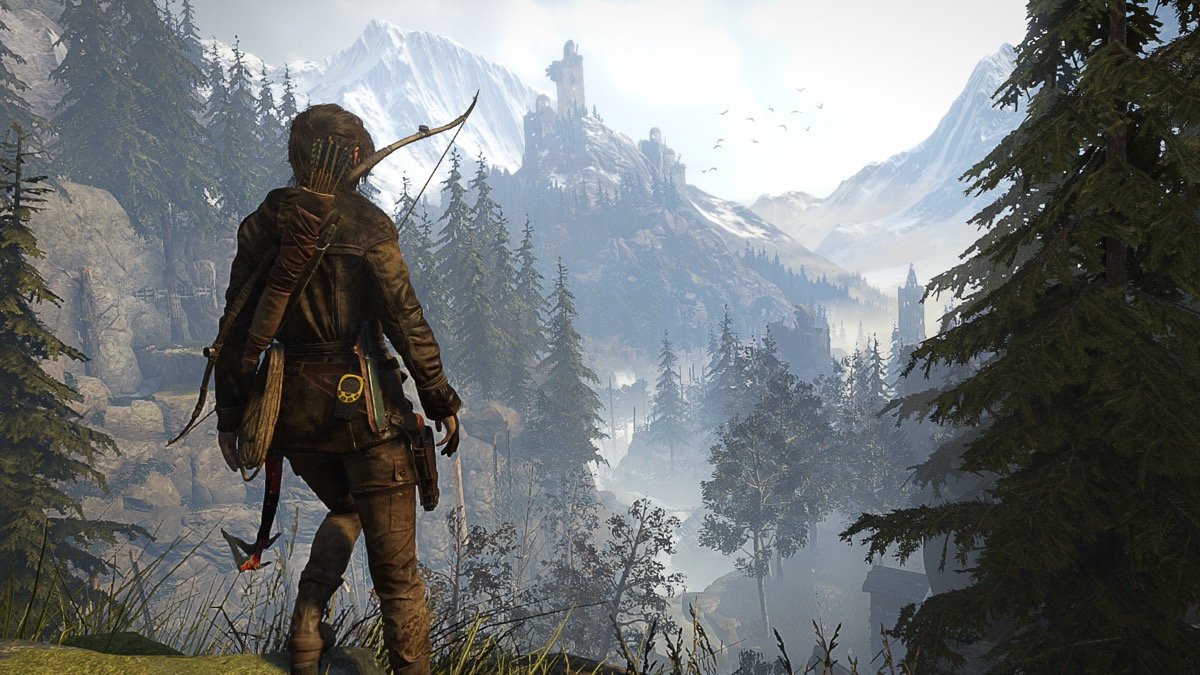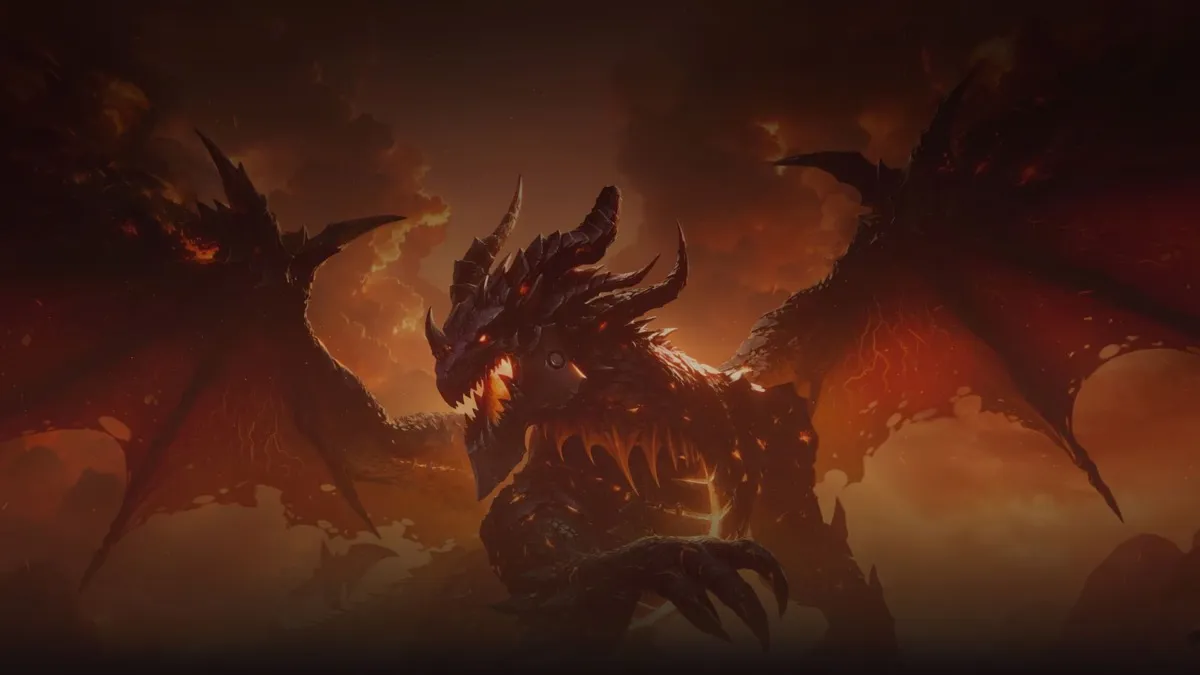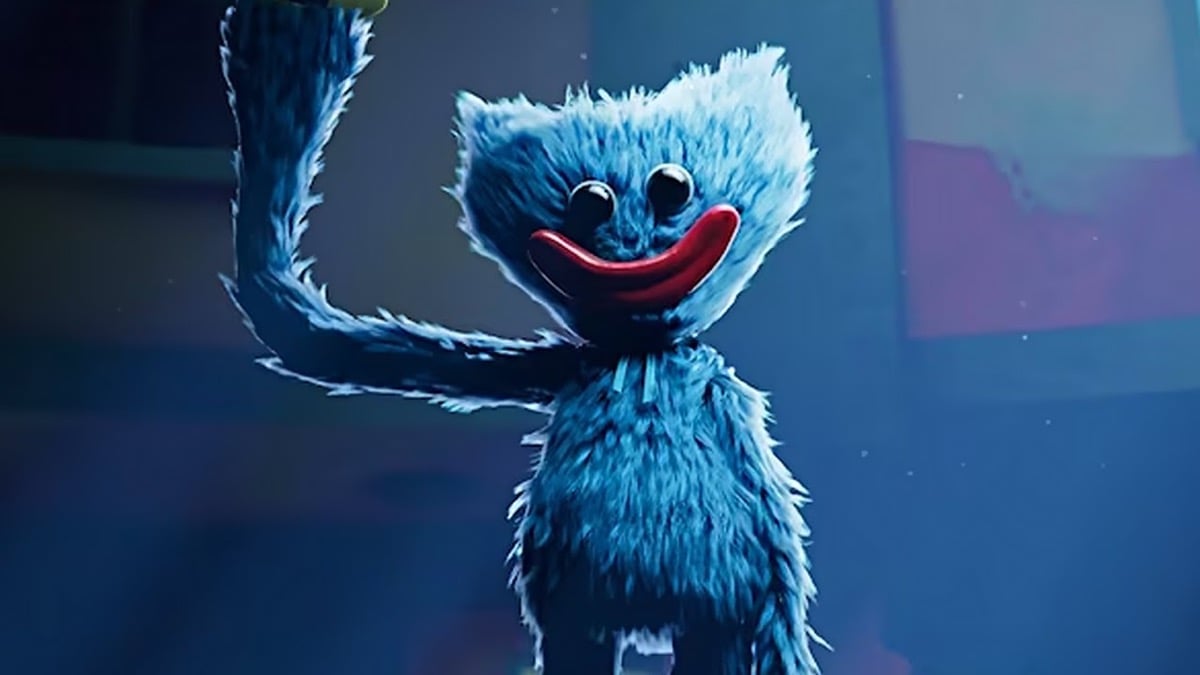The Kingdom of Loathing has been around since 2003. In the grand scheme of things, that isn’t a terribly long time, but in the grand scheme of online gaming, it has been around forever — while maintaining its popularity — about a year longer than World of Warcraft. That’s pretty impressive for a game that many consider to be a more humorous take on Legend of the Red Dragon, or other incarnations like Legend of the Green Dragon, with perhaps a few major differences. That’s eight glorious years of an unconventional business model — donations and merchandise only — and giggle-worthy adventures in the Kingdom.
However, web games (especially browser-based games) often lose their luster after such a long period of time. The honeymoon wears off and players drift away, seemingly having fallen out of love with the title. How is it that Kingdom of Loathing, an off-beat pop culture multiplayer role-playing game with crude stick figure graphics, still continues to garner the interest of its long-time audience while also attracting new folks? Considering the most recent changes to ascension, now is likely the best time to learn or remember why Kingdom of Loathing is still awesome and maintains its relevance in a world of free-to-play, critically-acclaimed graphical games.
1. Constant Updates
Even when it looks like nothing is going on, there’s something brewing in the background that you couldn’t even begin to fathom. Oftentimes, these types of things are outed on the radio shows that the development staff host or are found by players attempting to brute force the image server, much to said development staff’s chagrin. But even when discovered, the natures of these updates are typically unknown. For instance, the recent change to Valhalla, where players are thrust once ascended before playing what amounts to a New Game+ version of Kingdom of Loathing, saw completely revamped images. Though one was discovered by an intrepid player, what it housed remained a mystery.
2. Alternative Business Model
The game is entirely free. There is no subscription, no premium service and no ability to do anything but donate to the developer. That said, for “donating” to the developer, the player receives a shiny Mr. Accessory, which can be used to purchase specialty items from the Mr. Store. The closest kin this kind of model has is the microtransaction models of other free-to-play online games. Even then, the development team here takes great pains to insure that any and all items offered this way can be traded to other players or somehow involve the greater player base beyond those who donated originally. Not many other games can boast that.
3. The Community
Any player of any multiplayer game will likely tell you that the community is one of the main reasons to continue coming back or never play again. The former is especially true for Kingdom of Loathing. Given that it’s essentially one giant pop culture reference and/or gag, the inhabitants of the Kingdom are of a particularly jovial sort. There are often events, in-game and out, organized entirely by players that rival anything run by the developers. Granted, the players have to work with existing assets, but recycled content isn’t necessarily a bad thing when presented in a unique, charming fashion.
4. Chorizo Brownies
I know what you must be thinking, but there’s a reason this is a main bullet point. Chorizo brownies, in my humble opinion, have the most amusing description of anything listed in the Kingdom. Over things like the world’s most unappetizing beverage and orange peel hat, chorizo brownies loom. There are so many little jokes peppered throughout the entire game that one is bound to stick with you and make you laugh like you haven’t laughed in a very long time. Perhaps it’s simply the choice between being a Sauceror, Seal Clubber, Disco Bandit or Accordion Thief that does it, but something definitely will.
5. The [null] Is The Game
One of the sayings that has been popularized by repetition is how this or that aspect of the Kingdom is not “the game.” The mall is not the game, hardcore ascension is not the game, the clan dungeons are not the game and the basement is not the game. They are all merely parts of one larger game. The reason I list it here is because some of these options are so diverse and overwhelming in their own right that there are many folks who decide to specialize. There are basementers who only basement, people who only run clan dungeons and people who only ascend. There are even a great multitude who try to do many aspects of all of these.
There is more than one game in the game. That’s not even counting the various minigames they’ve implemented over the years, like Alice’s Army.
6. Recruitment From Within
The development team that helps brainstorm content for the game has been almost entirely recruited from the player base. Those who were active in one way or another and performed spectacularly in some fashion have been invited to participate at various times in the game’s life. These people come from all over the world and often contribute little tidbits. People can point directly at specific players for various additions to the game: Riff for many puzzles, HotStuff for more of the coding shenanigans and Hogulus for items like the ballroom blintz. Aside from Media Molecule’s recruitment of LittleBigPlanet players, this is fairly uncommon in any kind of scene where a game makes money. I’d go so far to say that the development team’s direct involvement with the player base here is unique.
Granted, Kingdom of Loathing is not a game for everyone. But for those select few that appreciate humor, satire, pop culture, general geekiness, and don’t feel graphics are the only way to a great gaming experience, it can’t get much better than a game made by a guy who, one day eight years ago on a lark, decided to make a game.



